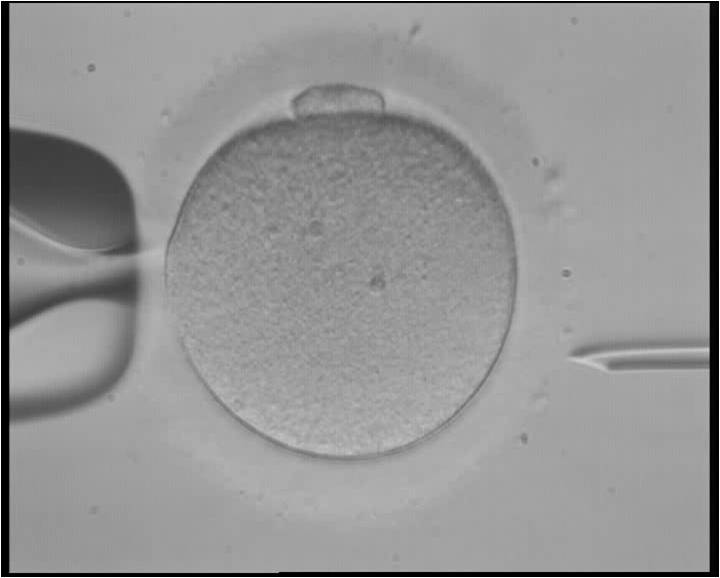Query the merits of embryo editing for reproductive research now
By Insoo Hyun & Catherine Osborn,
Nature Biotechnology
| 11. 09. 2017
To the Editor:
Recently, a team from the United States used CRISPR–Cas9 on viable human embryos to correct a gene mutation that causes hypertrophic cardiomyopathy, a heritable heart condition in which the ventricle walls thicken to hinder proper blood flow1. For many, this announcement brings closer to reality the prospect of editing disease-associated mutations in fertility clinic embryos intended for reproductive use. The study certainly raises many scientific uncertainties and questions. But we contend that it also brings to light some questionable value assumptions that have largely flown under the radar in the social discourse around embryo editing. Here, we call attention to some of these assumptions and suggest that additional human embryo editing research may not be adequately justified until these issues have at least been openly acknowledged and debated. To be clear, our discussion is meant to apply only to 'preclinical' embryo editing research: that is, to corrective nuclear genome editing research performed in vitro with an eye toward eventual reproductive use under favorable regulatory circumstances. Our points do not necessarily apply to human embryonic genome...
Related Articles
A Review of Exposed by Becky McClain
“Do not get lost in a sea of despair. Be hopeful, be optimistic. Our struggle is not the struggle of a day, a week, a month, or a year, it is the struggle of a lifetime. Never, ever be afraid to make some noise and get in good trouble, necessary trouble.”
— John Lewis
Becky McClain became famous when she successfully sued Pfizer, one of the very largest pharmaceutical and biotech companies. She...
By staff, Japan Times | 12.04.2025
Japan plans to introduce a ban with penalties on implanting a genome-edited fertilized human egg into the womb of a human or another animal amid concerns over "designer babies."
A government expert panel broadly approved a proposal, including the ban...
By Katherine Long, Ben Foldy, and Lingling Wei, The Wall Street Journal | 12.13.2025
Inside a closed Los Angeles courtroom, something wasn’t right.
Clerks working for family court Judge Amy Pellman were reviewing routine surrogacy petitions when they spotted an unusual pattern: the same name, again and again.
A Chinese billionaire was seeking parental...
By Sarah A. Topol, The New York Times Magazine | 12.14.2025
The women in House 3 rarely had a chance to speak to the women in House 5, but when they did, the things they heard scared them. They didn’t actually know where House 5 was, only that it was huge...




